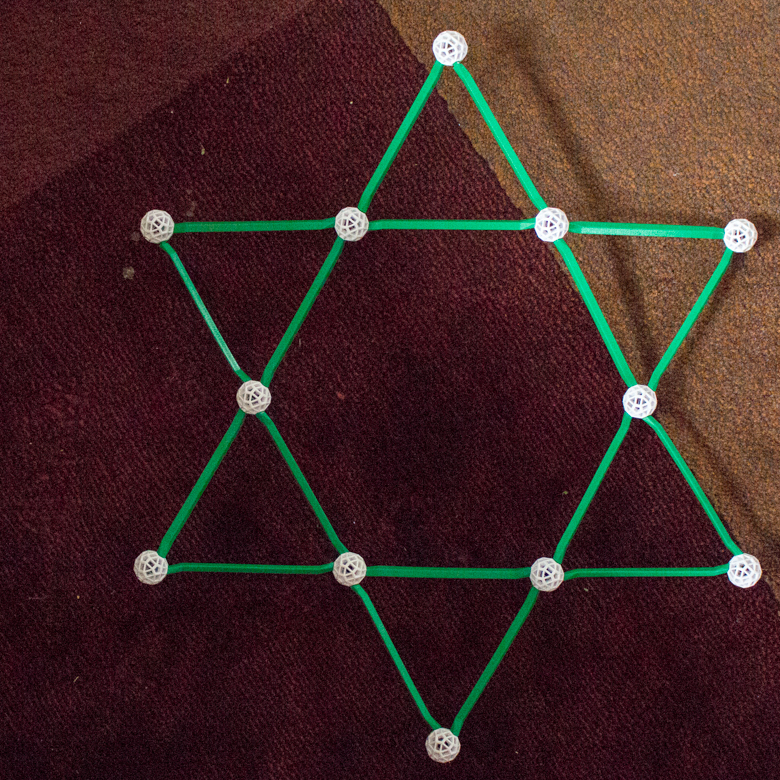I mean, sure, when they're studying division of single digits, a curriculum might show you how to model that with Cuisenaire rods, but those rods are nowhere to be seen when it's teaching long division--and yet you CAN model long division with Cuisenaire rods and Base Ten blocks! Sure, a math curriculum will put in some simple models of multiplying fractions, but for the kids to really understand the concept beyond the basics I had to make my own fraction models in Adobe InDesign.
A kid of these ages shouldn't be expected to apply her understanding of a simple model to a sophisticated calculation, not when it's so possible to also model those sophisticated calculations until she truly, deeply understands.
And oh, my gosh, I am on a tangent!
*steps down off of soapbox*
ANYWAY... tl;dr: I include a hands-on math work into every school week. Last week, as a corollary to Syd's Math Mammoth lesson on identifying and measuring angles (and as a secret build-up to this week's project on building crystal models by hand, mwa-ha-ha!), the kids and I explored stellations, which is the process of extending the line segments that make up a polygon. What you come up with looks like a star!
I could tell right away that this was a useful activity, because the kids at first had trouble understanding what it meant to "extend the lines." They wanted to put posts in however they wanted to, which is fine if they wanted to explore, but I told them that those weren't stellations, and guided them until they understood the concept.
For this particular activity, we worked on building regular 2D shapes to stellate, and we figured out several!
Stellation of a Triangle
Stellation of a Square
Almost a Stellation of a Pentagon!
You can tell that we didn't get this stellation quite right (and I think that *I* was the one in charge of the pentagon--oops!) because the lines extending from the pentagon are crooked. If you do it correctly, you'll see that this is the most iconic star, the one that you can learn how to draw without picking up your pencil. If you put a circle around a correctly-drawn pentagon stellation, you've got a pentagram.
Stellation of a Hexagon
Will immediately noticed that this stellation makes a Star of David, so yay for our World War 2 studies! We had a brief discussion of why two of our first four stellations might have been taken by religious groups as their icons, and that's how my kids now know what Satanism is...
We have had these Zometools for YEARS, by the way, and this exact exploration is the absolute first time that the kids have gotten really into them, wanting to play with them and build beyond just our guided activity. But on this occasion, both kids got really into making these "pincushions" of various sizes:
Zometools are so sophisticated, though, that the kids will be able to use them for the rest of their academic careers--through grad school and into professorship, if they so desire! They're also somewhat multi-disciplinary, in that this week, we just started using them in science, as well, to model crystal structures. In fact, I got myself so enmeshed in a complicated crystal structure that the entire family has been having to help me figure out how to keep it going, with all its crazy-ass interwoven struts and mysteriously enlarging pentagons--I started out with a two-dimensional kite!
That crazy structure is still in progress. I'll show it to you another time, if it doesn't break my brain.






No comments:
Post a Comment